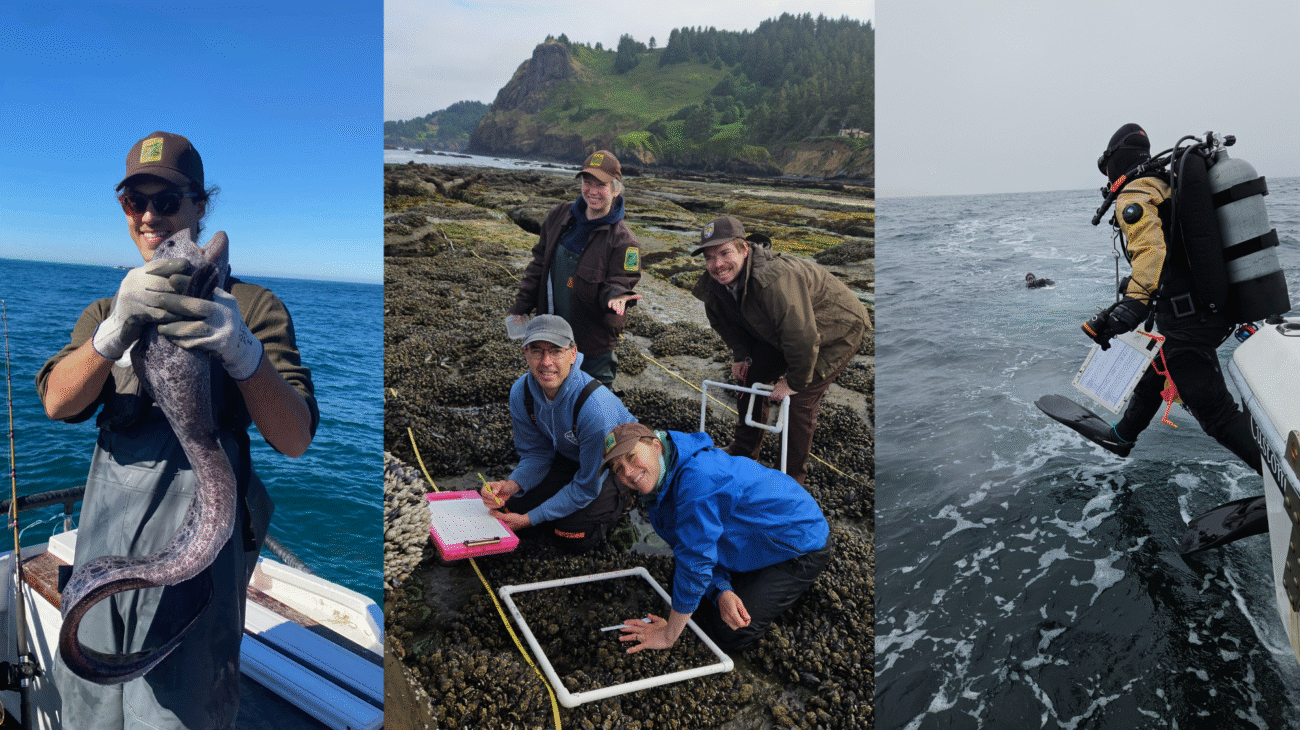Photo: Snapshots of 2025 ecological field work featuring a wolf eel caught during a longline survey at Redfish Rocks, intertidal survey at Otter Rock, and SCUBA surveys at Cascade Head.
October 15th marked the end of another successful year of field work complete with hook-and-line, longline, SCUBA, Remotely Operated Vehicle (ROV), intertidal, oceanographic, and juvenile fish surveys. We appreciate our collaborators and volunteers who helped accomplish this work!
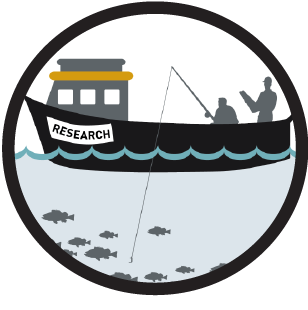
Hook-and-Line: We completed eight days of hook-and-line surveys aboard the F/V Norwester out of Garibaldi at the Cape Falcon Marine Reserve and associated comparison areas. We could not have done it without the 80+ volunteer anglers and biological assistants, including students from Astoria High School!
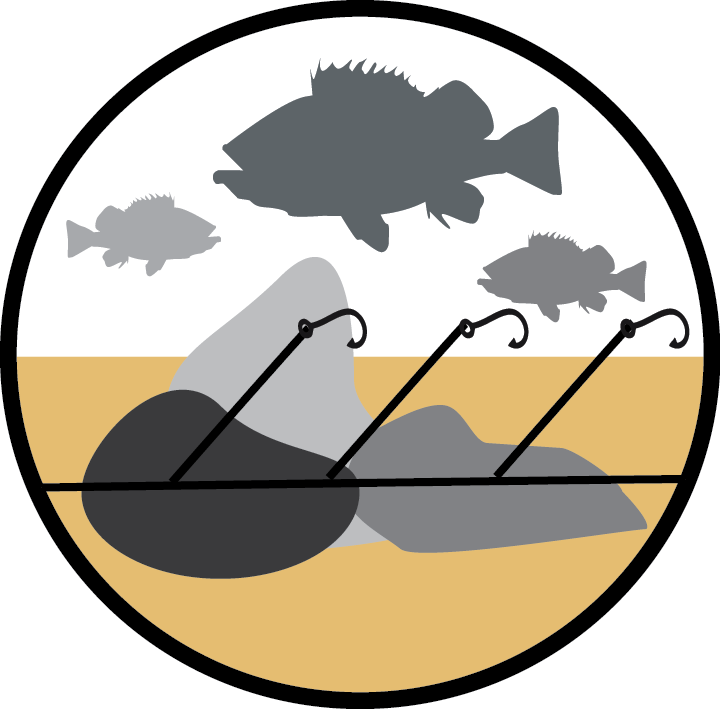
Longline: Working with Port Orford captain Aaron McKenzie of the F/V Lynoma, we completed nine longline surveys at the Redfish Rocks Marine Reserve and associated comparison areas. This was our first time working with Aaron and his crew and they were essential to the success of our longline surveys. We saw some interesting species this year: Gopher, Olive, and Rosy Rockfish!
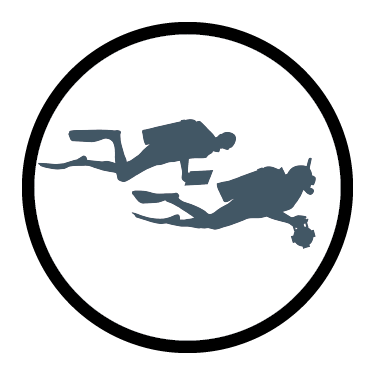
SCUBA: We completed four days of SCUBA surveys at the Cascade Head Marine Reserve and comparison area and four days of SCUBA surveys at the Otter Rock Marine Reserve and comparison area with our partners at the Oregon Coast Aquarium and Oregon State University. In total, we successfully ran 19 dives and 114 transects tracking invertebrates, kelp, and habitat structure at the Cascade Head Marine Reserve and comparison area. We were lucky to get good enough water clarity to complete 30 fish transects, in addition to 60 transects tracking invertebrates, kelp, and habitat structure at the Otter Rock Marine Reserve and comparison area.

ROV: We completed a multi-day remotely operated vehicle (ROV) survey at the Redfish Rocks Marine Reserve and associated comparison areas. A big thank you to the ODFW Marine Habitat team who led this survey, leading to many hours of underwater videos detailing fish and invertebrate communities.
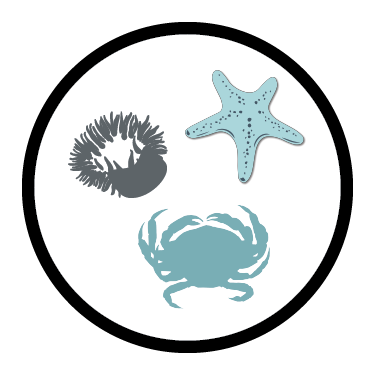
Intertidal: It was a busy summer of collaborative work in the intertidal. We conducted intertidal sea star and mussel bed surveys at the Otter Rock and Cascade Head Marine Reserves. These surveys contribute to a larger dataset run by our collaborators at Oregon State University’s Menge Lubchenco Lab and the Partnership for Interdisciplinary Studies of Coastal Oceans (PISCO). We run these surveys during low tides to document sea star abundance, size and health, and mussel bed structure and biodiversity. Thank you to the 16 volunteers who helped us complete these surveys!

Oceanography: We deployed three moorings with oceanographic sensors at the Cape Falcon and Cascade Head Marine Reserves to collect data on temperature and dissolved oxygen throughout the summer. One shallower and one deeper mooring are deployed and maintained at the Cape Perpetua Marine Reserve by our Oregon State University collaborator Jack Barth. These two moorings have additional sensors, including sensors for different ocean acidification parameters, as well as fluorometry (which serves as a proxy for primary productivity by phytoplankton).
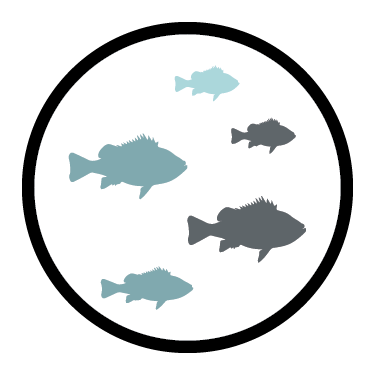
SMURF: In collaboration with Kirsten Grorud-Colvert, Su Sponaugle, Tom Calvanese, and their students and staff at Oregon State University, eight moorings with Standard Monitoring Units for the Recruitment of Fishes (SMURFs) were deployed at both the Redfish Rocks and Otter Rock Marine Reserves and associated comparison areas. While each mooring contained oceanographic sensors for temperature and oxygen, the heart of these moorings are the SMURFs that are sampled bi-weekly with nets and give us information on the juvenile fishes that settled in the structure. Learn more about why we study juvenile fish here.
